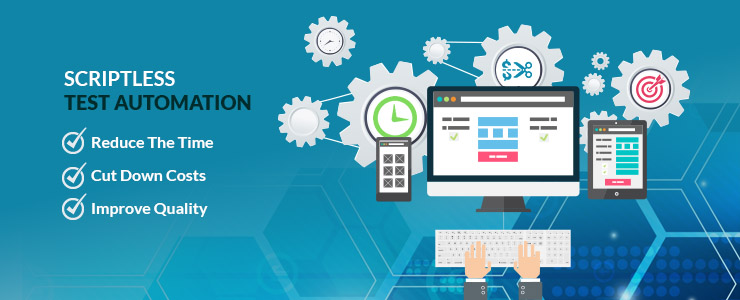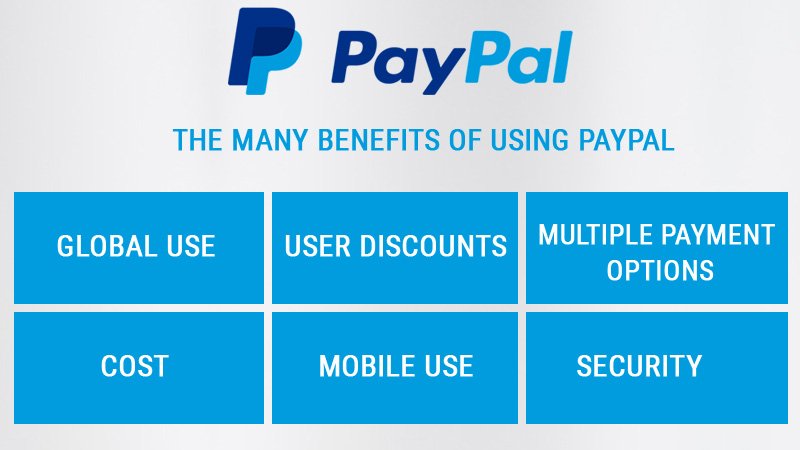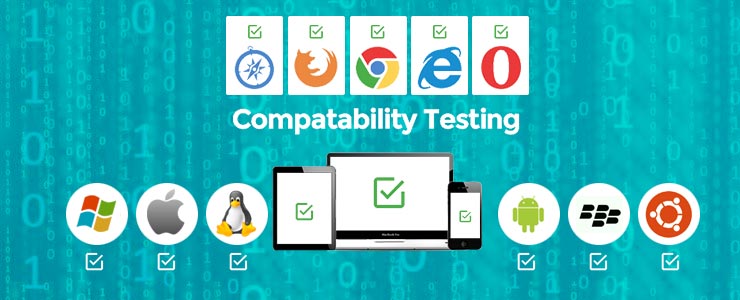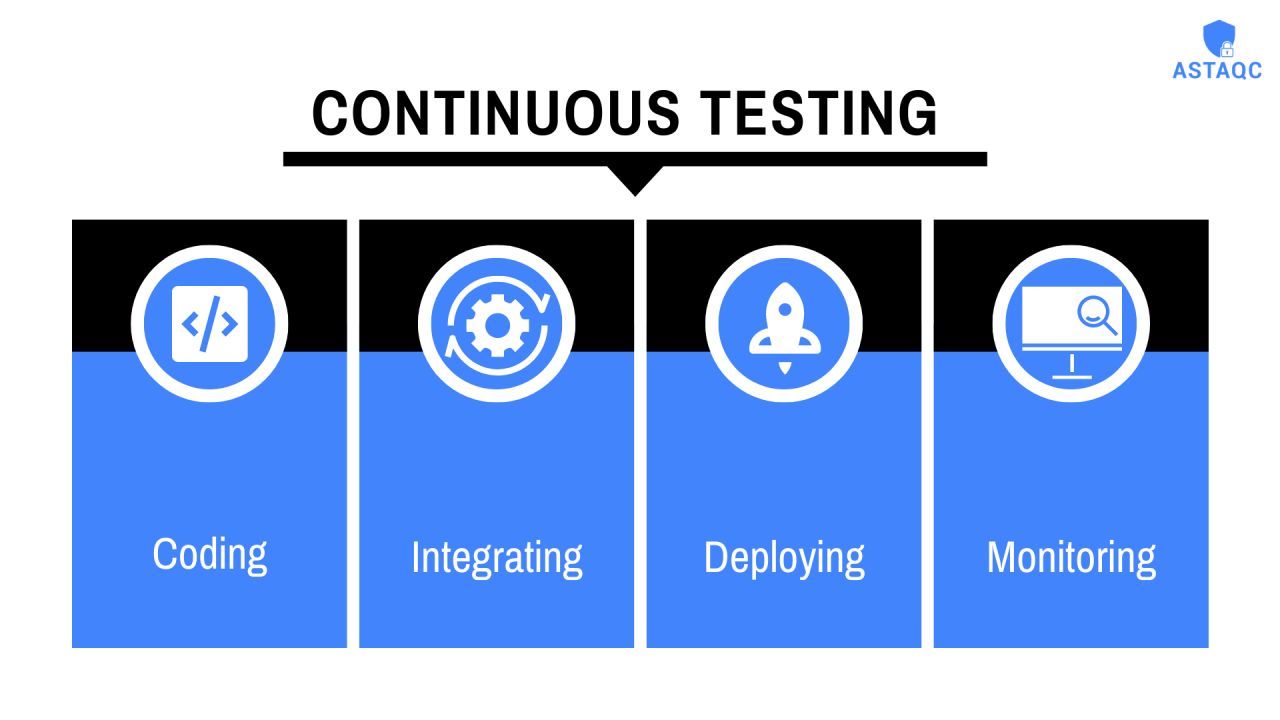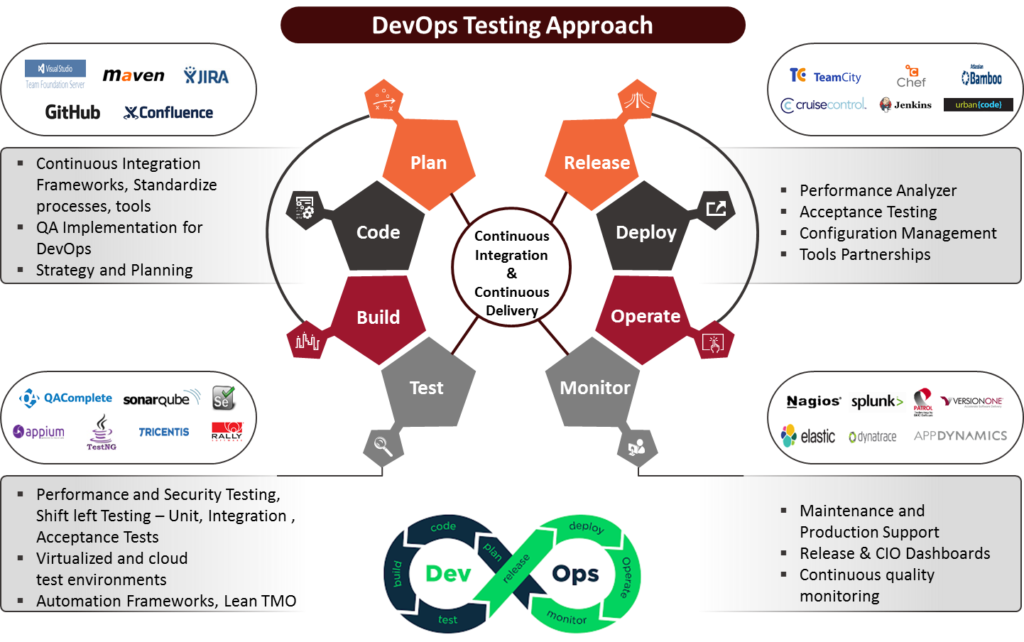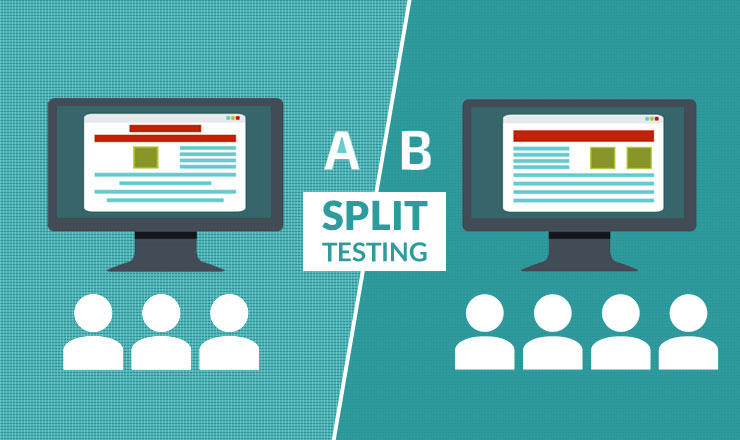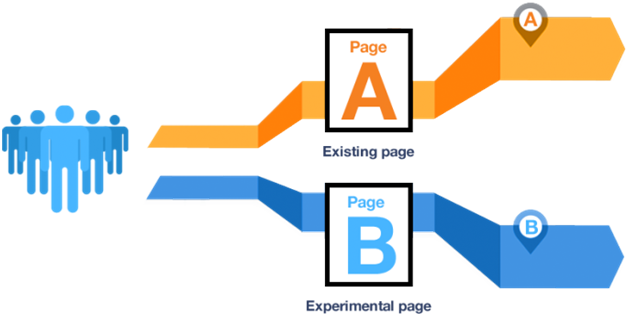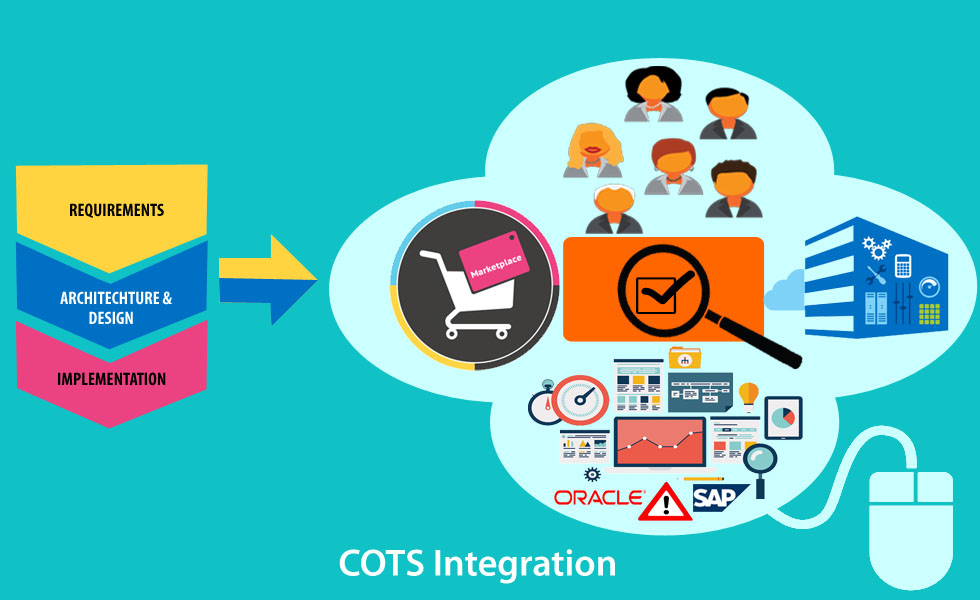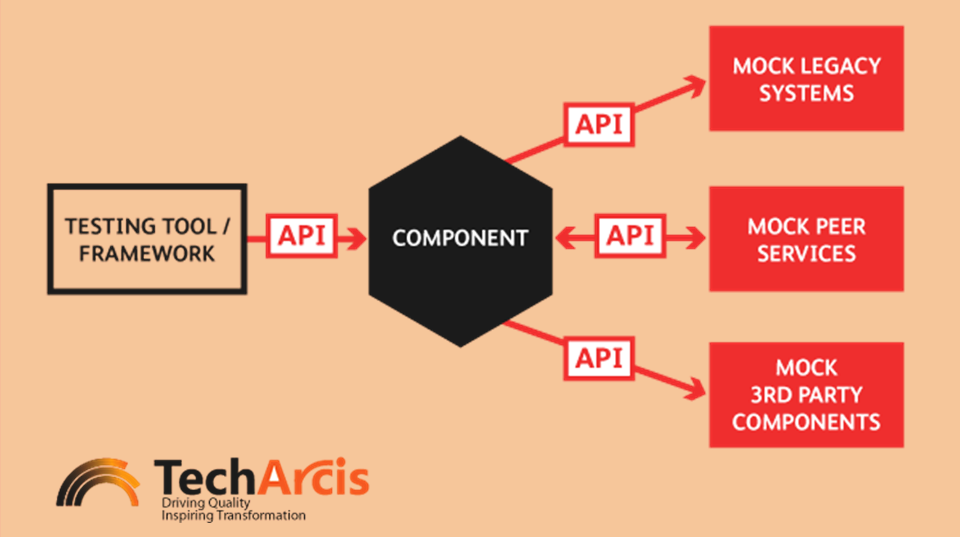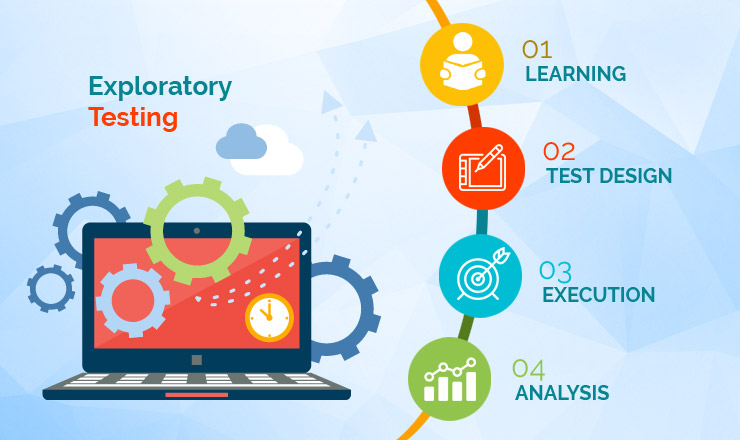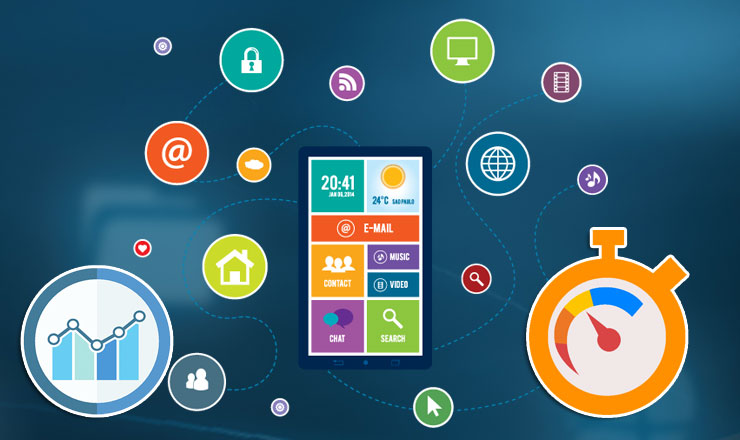With the script-less approach, you can enjoy test automation benefits faster than what you will with script based test automation. Though you will continue using test automation tool(s), going script-less lets you create test automation without the need of knowing how to code in it. You can make test automation salable, quick and easy by going script-less. Here are some facts you should know about script-less test automation:
Script-less doesn’t means script-free
In script-less automation, the underlying test automation tool is invisible. The framework or wrapper that works on top of test tool will generate/manage the script required for test tool to automate any test scenarios/test cases.The framework/wrapper uses simple user based actions in English like Click, Select, Edit etc to create and that will help user to make script-less automation. For actions like database and file handling, calculation etc that can be built into scripts and added as keywords. Since this approach doesn’t depend on the underlying test automation tool and yet works well with it, we can use it across technologies, tools and applications. Thus, when product changes with each new release, we can change the automation tools without worrying about re-coding the test scripts every time.
Download Free E-Book: Strategic and operation challenges and how to overcome them
Faster automation and higher test coverage
Some studies show script-less test automation to reduce the time to automate test cases by almost 40%. Thus, even when your product changes with every major release, automating large test suites quickly is no longer a tough, time-consuming task for your testing team. This in turn lets you take your enhanced product to the market faster.
Going scriptless frees up a lot of time for your testing team as the professionals no longer need to worry about extensive coding and re-coding. The time thus saved can now be invested to achieve higher test coverage. This will help your testing team locate and fix bugs at an early stage of the product development cycle, thus letting you create high quality products and taking them to the market quicker than before.
Participation of business analysts and subject matter experts in test automation
Coding has always been an alien world for subject matter experts and business analysts, which made them stay away from the test automation process. But with script-less test automation, they will now find it easy to participate in the process to set up an individual test case or collaborate on the working of an entire test automation suite. This way, they can make sure the product is tested repeatedly, after every release, for its optimum functionality and quality. Thus, the script-less approach lets you bridge the gap between technical automation knowledge and application/domain expertise.
A lot depends on Automation Architects
Just because manual testers can automate test cases quickly with scriptless automation doesn’t mean you don’t need automation architects any more. For prioritizing tests, you will still need these professionals. From deciding what to/not-to automate, forming strategies for test data planning and object learning, to creating test cases that can adapt with changes in technology,and writing custom scripts to extend the scriptless framework, if necessary, automation architects still lead the way with respect to how your test automation suites should work.
A high degree of practical reliability
A compact scripting requirement shouldn’t mean you write off scriptless test automation as unreliable. Rather, you should consider this approach a boon as it saves you money, time and effort by making test automation scalable, faster and more reliable. In fact, developers of tools offering scriptless test automation analyze them in different operational circumstances, business cases, deployment setups etc to make them suitable for use in numerous real time test scenarios.
Final words
Scriptless test automation is business-friendly that helps cut down costs and improve quality right at the beginning of the development phase. Apart from making stakeholders participate actively in the test automation process, it also allows testers to focus on designing and executing test cases rather than working to create a framework and write/re-write codes that support rapid testing.
Download Free E-Book: Automated Testing for Mobility
If you are ready to empower your company with the scriptless methodology, let the technical experts of TechArcis help you do it right.






